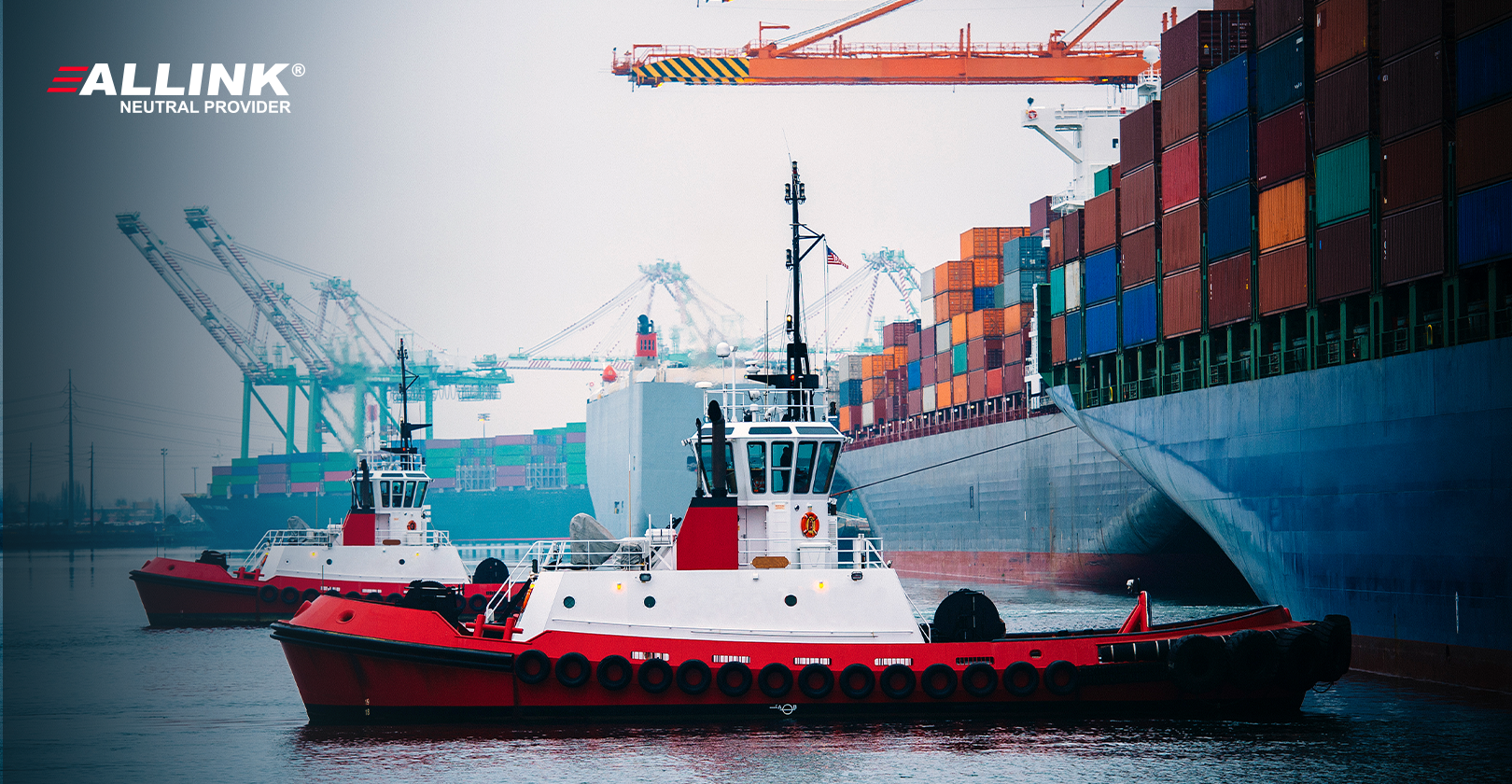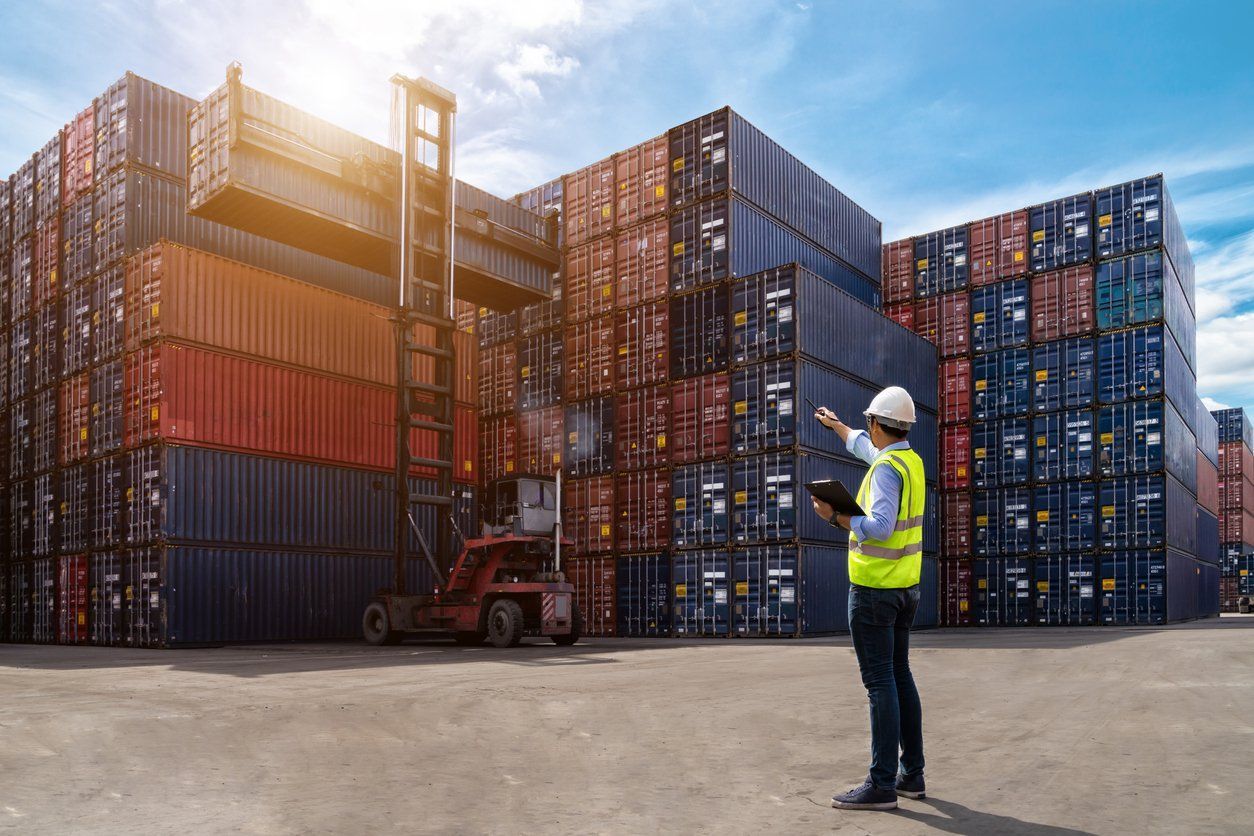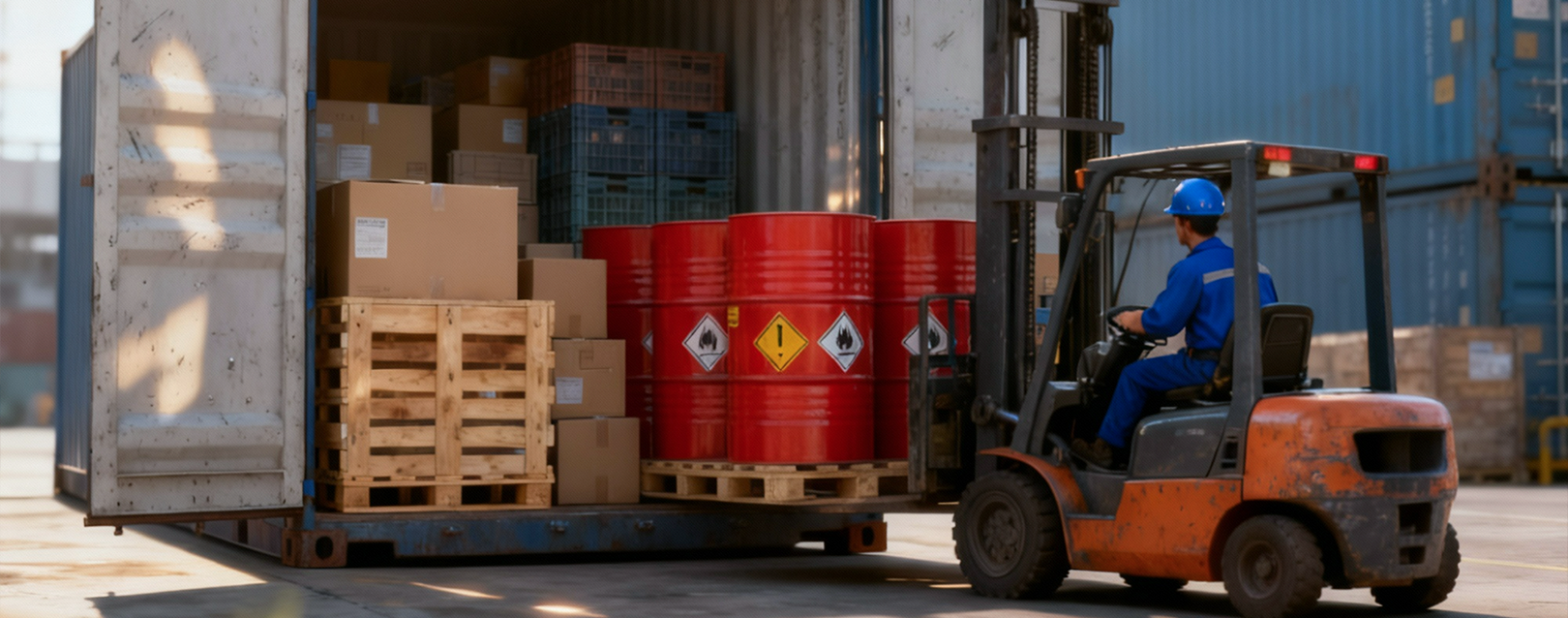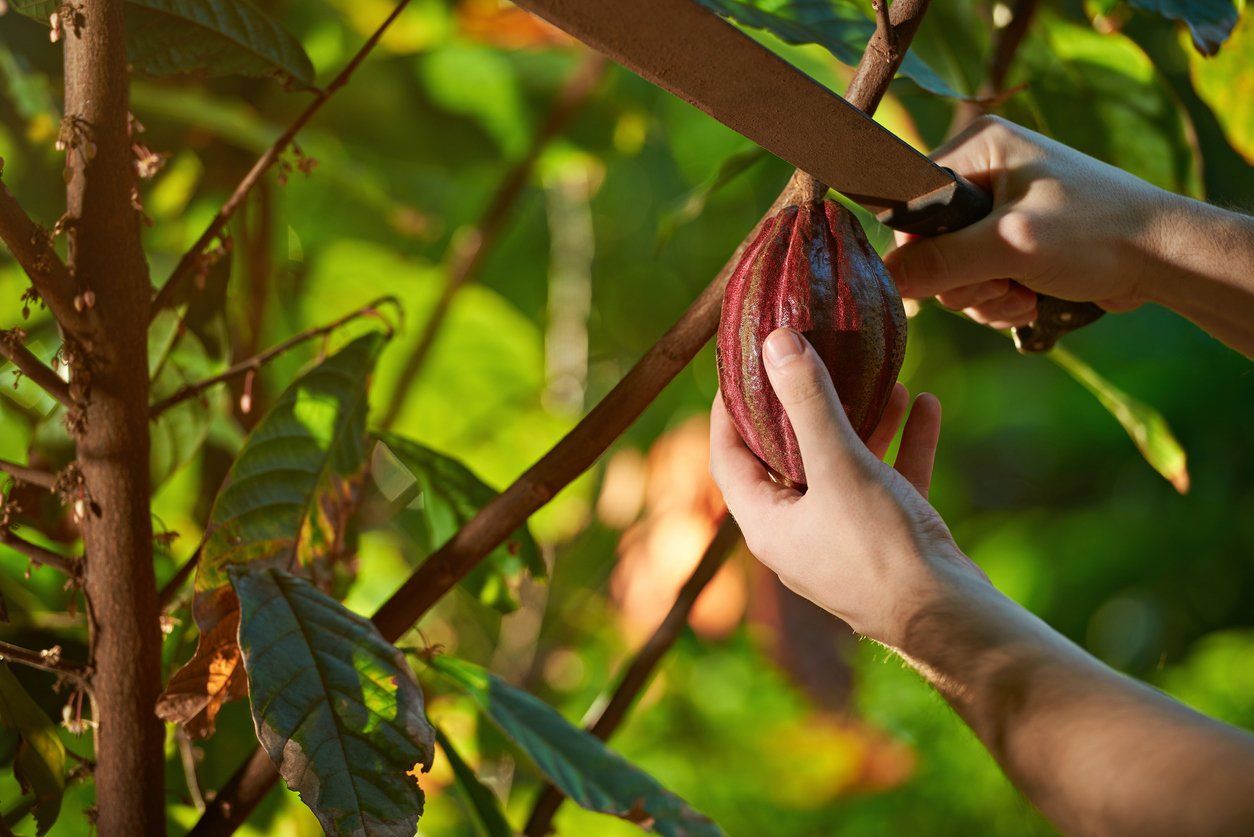
As Easter approaches, people of all faiths and cultures share a common thought: transformation? renewal? No: chocolate! But it's not as if this globally popular food with so many ways of consuming it doesn't have its meanings.
Fitness people often say that we are what we eat. This is very true, not only when it comes to the body. Foods are also related to cultural, economic and historical elements.
Here at Allink, the approach of Easter has prompted us to reflect on the power of chocolate, especially at this time of year. After all, don't Easter eggs have a special taste, different from any other chocolate?
We're going to share with you our investigation into this delicacy that seduces so many palates and tell you where all this reflection took us. Welcome to the expedition through the universe of chocolate!
2 Surprising curiosities about chocolate
Like everything that is popular, chocolate is surrounded by myths. For some, it is a villain for health. For others, a miraculous elixir. Below, we have selected some interesting facts about it.
1. Does eating chocolate make you happy? Does it make sense?
It is widely known today that dark chocolate, consumed in moderation, can bring benefits to the body due to its antioxidant and blood circulation-promoting properties.
However, its most relevant impact is mental. Cocoa is rich in tryptophan, a substance that helps in the production of serotonin, a hormone related to well-being. In addition, it contains phenylethylamine, a natural antidepressant. So, it is worth eating a little chocolate to lift your spirits, just don't overdo it!
2. When did a man receive chocolate from a woman?
In Eastern culture, on Valentine's Day (similar to Valentine's Day), it was traditional for women to give chocolate to men. This expressed admiration, reciprocity and respect for the recipient. If your girlfriend doesn't give you chocolate, tell her about it!
From America to the world: the trail from cocoa to chocolate
It wasn't just on Valentine's Day that chocolate carried special meanings. From its origins to the present day, this much-coveted sweet treat is full of meanings attributed to it, which even influence its economic value. Do you know where it all began?
Where it all (probably) began
Studies on the domestication and cultivation of cocoa indicate that it probably originated around 3,600 years ago, in the Amazon River basin, later reaching Mesoamerica due to trade activities between peoples of the basin and the Pacific coast.
Its original variety would be the criollo, the most coveted in the world and very rare. After undergoing genetic changes resulting from domestication for cultivation and consumption, it was through this route that the delicacy reached Central America, where it was believed to have originated.
In any case, it is in this region that the fruit enters history, from its cultivation in the Mayan and Aztec civilizations, who consumed it in a water-based mixture. For these people, cocoa was a sacred fruit brought by the gods.
The ups and downs of chocolate in Brazil
Although it originated in the Americas and, according to more recent studies, probably in South America, the cocoa seeds that started the cultivation of the fruit in Brazil arrived from Europe in 1746.
Brazil was at the peak of cocoa production in the 1980s, even attracting multinationals. Its success was concentrated in Bahia, which was responsible for around 90% of the national harvest, around 400 tons.
In this scenario, there was a decline that would mark the cultivation of the plant in the country for decades. The first obstacle was the growth of production on the African continent, reducing the price of the product on the international market.
The second and final obstacle was the infestation of witch's broom, a fungus that spreads through the air. The pest rotted the fruit, made the leaves wither and turn brown until they eventually dried out.
The event was proven to be the result of a criminal act, according to the Federal Police investigation. Despite this, the investigation was closed in 2006 without identifying the culprits.
Why are we talking about chocolate? Easter is coming?
Do you remember the feeling of receiving an Easter egg as a child? Do you notice the unique joy of the children you know at that moment? Isn't it funny how everyday chocolate becomes special at Easter?
It may seem trivial, but can you imagine what it would be like to see Easter eggs everywhere, advertisements on the radio and TV, other children receiving this gift, and to be excluded from this celebration? Maybe you've even been through this?
Regardless of religious belief, the chocolate egg as a symbol of exchange at Easter expresses various feelings and meanings: belonging, reciprocity, recognition, feeling wanted, loved, remembered.
The rabbit, the egg and their meanings before chocolate
The rabbit and the egg as symbols of Easter encompass several stories and traditions, some of which predate the birth of Christ. They are mainly associated with the rituals of transition from winter to spring, symbolizing fertility and transformation. In this context, the eggs were emptied and painted with writings referring to nature, such as flowers.
Among the versions about the symbolism of the rabbit and the egg, the fact is that chocolate took a long time to become part of the story. The tradition of exchanging eggs, for a long time, was done with decorated chicken eggs and even gained luxurious versions in porcelain and other valuable raw materials.
Chocolate continues to be more than a food
The adventure of chocolate, from food to economic exponent, accumulates curiosities that range from physiology to politics. What we realize along this journey is that its consumption and exchange continues to be broader than the ingestion of a tasty sweet.
Receiving an Easter egg can boost self-esteem and bring joy to the recipient, not only because it is rich in tryptophan: because it is rich in meaning. The entire aura surrounding chocolate at Easter carries the trace of its ritual consumption.
We are moved to learn that, just as occurs in the production of cocoa in Africa, many Brazilian children have never experienced the sensation of receiving and eating an Easter egg. In addition, many of them go through hardships and other situations that carry a weight that not even adults should have to bear. All this reflection led us to a controversial decision
Can connecting and transforming worlds mean bringing a different flavor right there?
In the week in which we honor Foreign Trade Day, we remember that one of the characteristics of this activity is to promote the encounter between worlds, by bringing different products and experiences to different corners of the globe. International trade as a professional and responsible activity encompasses the reflection on the role of the sector as a pioneer of borders.
Some borders, however, are not geographic and can be very close to us. Borders such as those that separate certain social groups from experiences that are usually commonplace, such as trying an Easter egg. This vision and all the reflection on the culture of cocoa motivated us to take a different approach this Easter.
We sought to instill a sense of renewal in our tradition of giving gifts to customers on special occasions. Instead of delivering something predictable like chocolate to you, we strive to share something priceless: the happiness of a child's smile.
We work with philanthropic and public institutions that are dedicated, in different ways, to guaranteeing fundamental rights for children in situations of social vulnerability, located in regions of the states of São Paulo, Santa Catarina, Rio de Janeiro, Paraná and Rio Grande do Sul.
The purpose of this partnership was to bring the joy of a new and delicious experience to 1,139 children, many of whom had never had the opportunity to receive an Easter egg.
To complete our Easter gift to you, our customer, we will soon share the records of the happiness expressed in the anticipation, gratitude and joy of the children who received your gift!
Follow our social media to see how the deliveries went and come and be excited with us!
Continue a navegar no blog da Allink
Mantenha-se informado sobre o comércio exterior
Assine nossa newsletter e receba atualizações semanais de forma gratuita sobre o mundo da logística.


